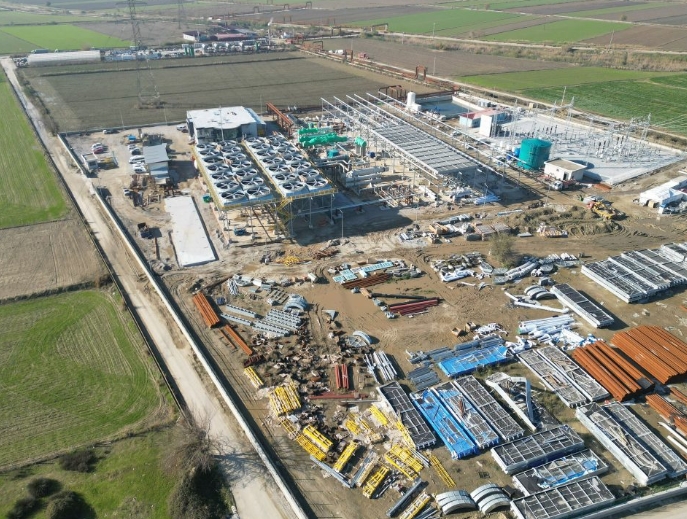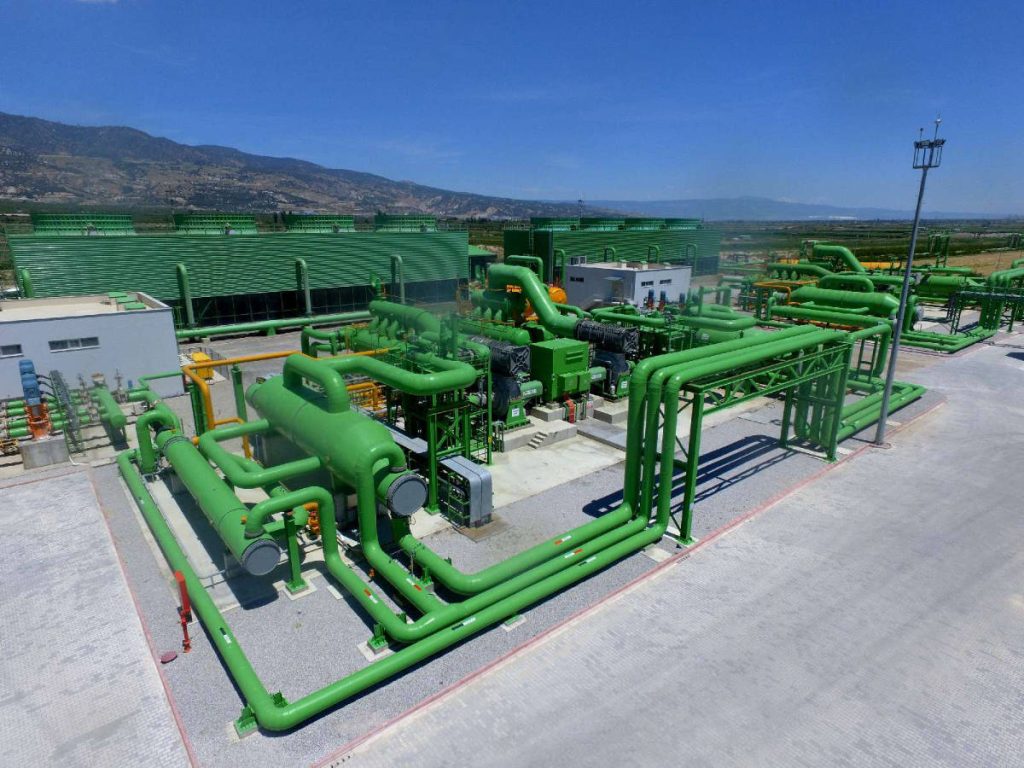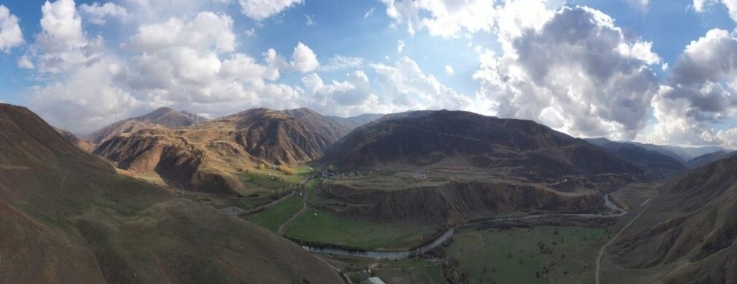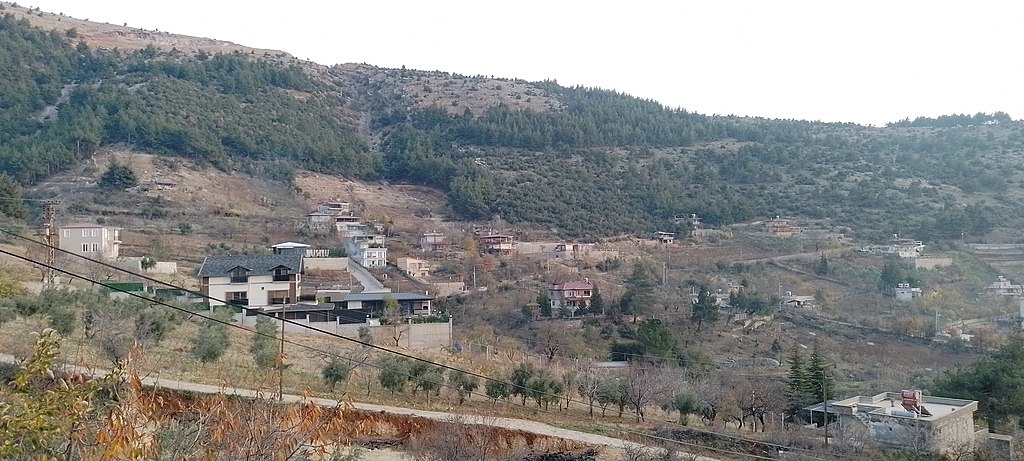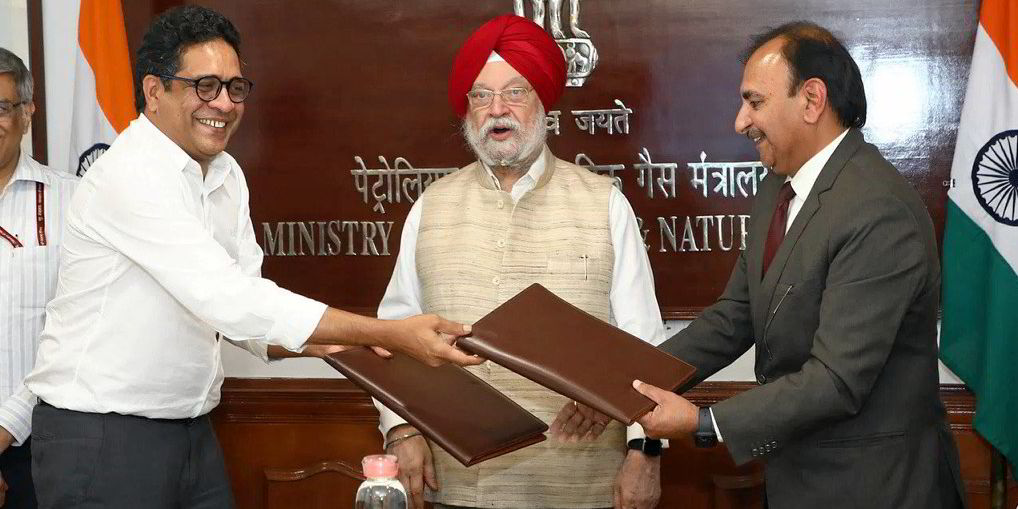
In a memorandum of understanding, the two companies agreed to form a joint venture to build the unnamed $6bn project, which would require a whopping 6-7GW of new wind and solar installations, backed up by pumped-hydro storage, to supply 1.4GW of round-the-clock power to John Cockerill alkaline electrolysers.
The resulting hydrogen — which would start being produced “around the year 2026” — would then be used to produce one million tonnes of green ammonia per year, according to ONGC.
The more hours per year an electrolyser is in operation, the cheaper the levelised cost of green hydrogen, so the ability to produce H2 around the clock should result in a very cost-competitive product.
The electrolysers are likely to be supplied from a new 2GW factory in India being built by Greenko and Belgium's John Cockerill, the world's largest electrolyser supplier.
“Jointly owned and funded by ONGC and Greenko, the project will combine both their strengths to collaborate in all aspects of product design and market development,” said ONGC.
“The green ammonia produced from the project is intended to be sold at international markets where there is high demand for alternative molecules derived from green energy as the source.”
It adds: “The project will be instrumental in achieving India’s target production of five million tonnes of green hydrogen by the year 2030.”
ONGC — India’s largest oil company with a net worth of $30bn — has previously announced plans to build up to 10GW of renewable energy by 2040.
Greenko is one of the world’s leading renewable energy developers, with an installed capacity of 7.3GW of wind, solar and hydropower.
